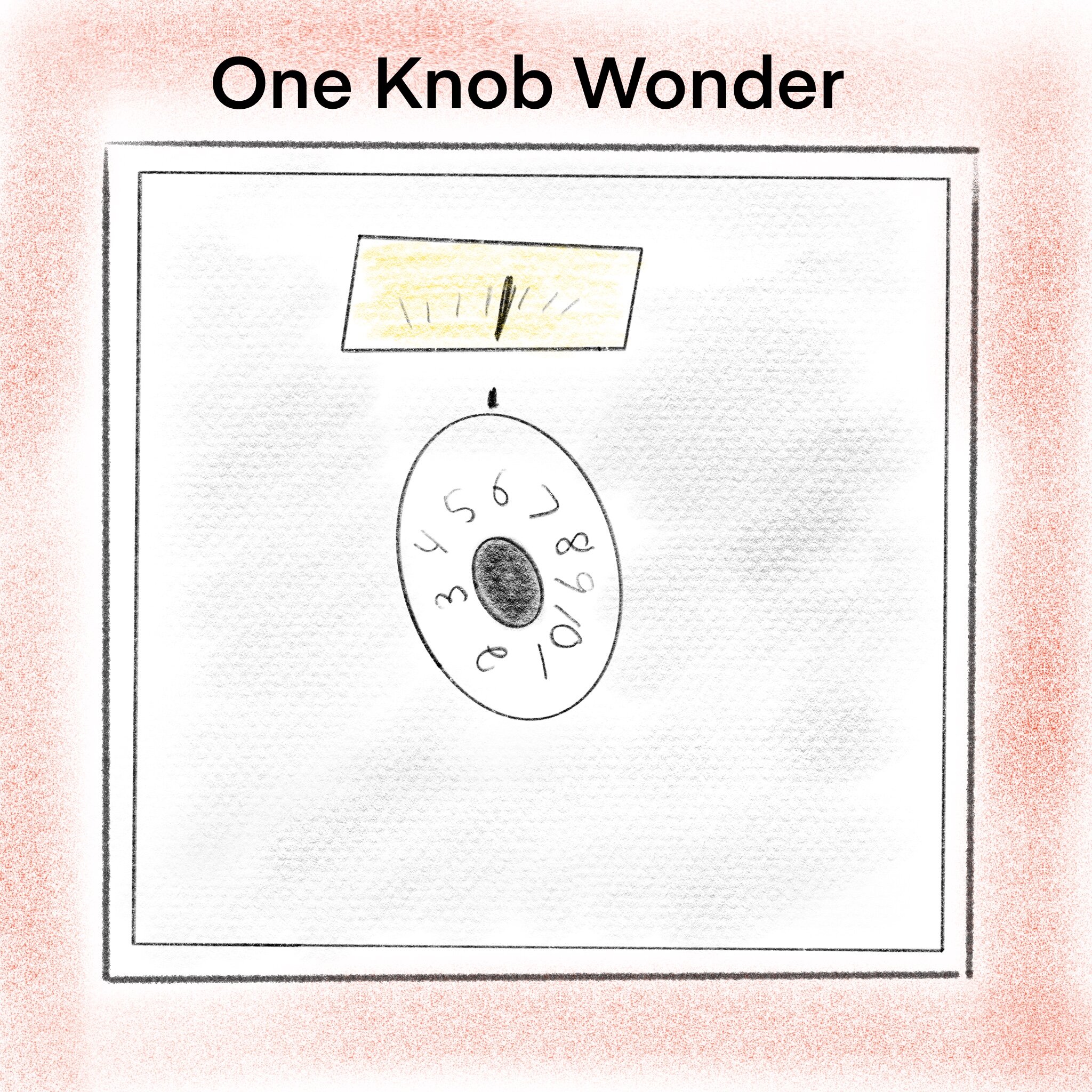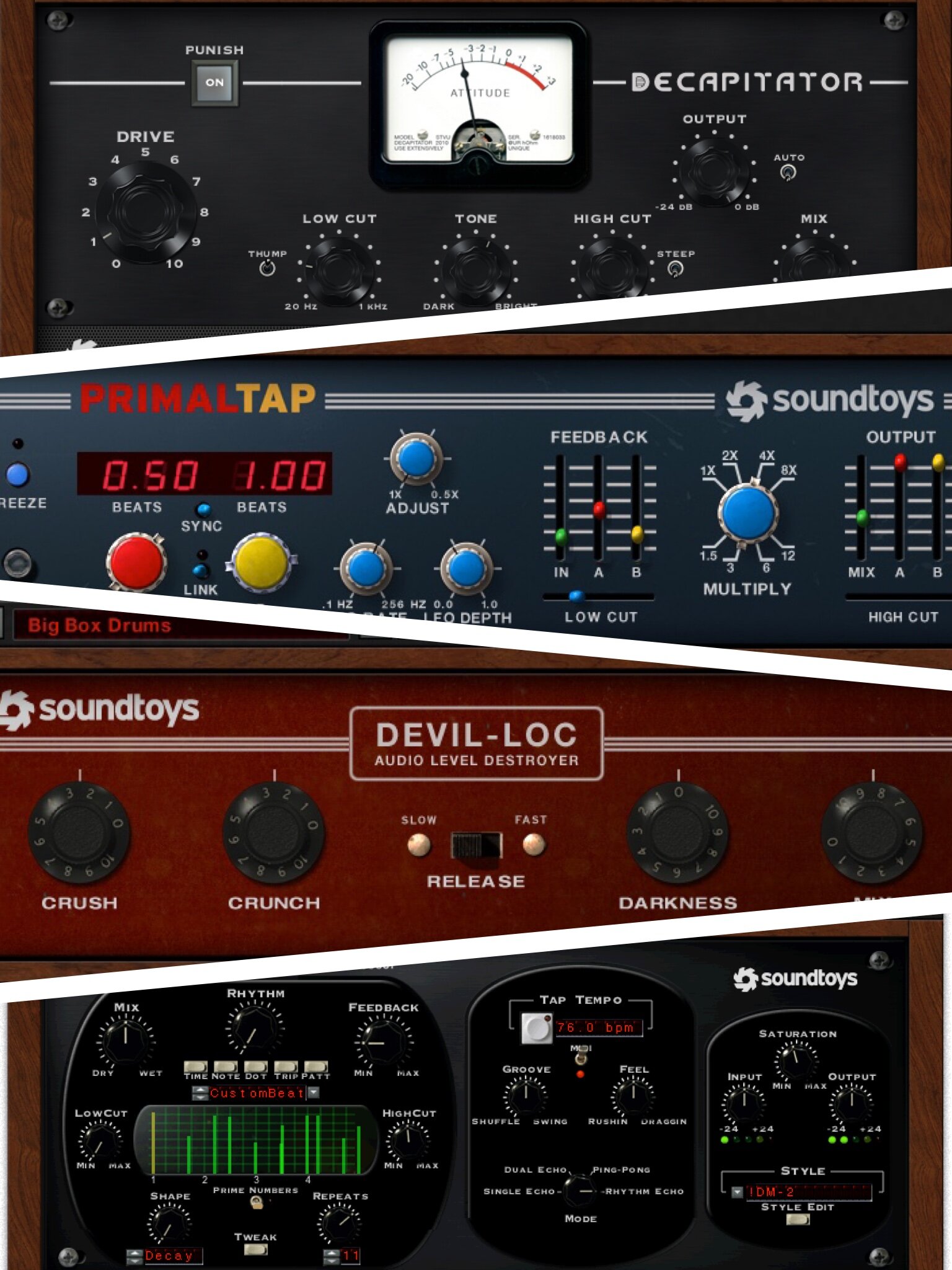Kush Audio Pusher Saturator
I've been watching a lot of Mix with the Masters videos. I find it fascinating to watch others work. It's so interesting to see how many different approaches there are. I recently watched Tchad Blake mix. He used a plugin for saturation and distortion that I’d never seen before. It’s called Pusher.
Kush Audio Pusher sounds saturated but refined. I'm a big fan of saturation at many stages of the recording process. Everything from saturating tube guitar amps to using plugins to emulate tape saturation.
For production and mixing, I find it's nice to have a few options for every task. You don't need every flavor. Just a couple you know well.
On the saturation front, I gravitate toward a few plugins: the UAD Studer A800, the UAD Thermionic Culture Vulture, the UAD Neve Summing, the Soundtoys Decapitator, and the Soundtoys Radiator.
But I always felt I was missing something. And I couldn't put my finger on it until I heard Tchad using Pusher.
I wanted a distortion/saturation plugin that could be used without making the low end too fuzzy or flabby. I can sometimes get this result with the Decapitator, but it's not always the right tone. No tool is perfect for every job.
First appearances
When I first saw Pusher, I was worried. It looked complicated. I prefer plugins and hardware with fewer knobs and fewer choices. It's just the way I like to work.
But Pusher isn’t really meant to be over-complicated. It's intended to encourage creativity. This became clear as I read the manual. Not only is it humorous, but it lays out a mission statement on experimentation.
In fact, you can remove each dial’s labels (which they call “cheat mode”). This made me nervous at first. How would I know what to adjust or what each dial does?
That's the point. Pusher was made with listening in mind. Tchad noted this in his video. Not sure if he was joking or serious, but he said he doesn't know what the dials do. He just twists to hear how they sound.
I suspect he knows more then he's letting on. But here’s the crucial point. In modern production, we lean too much on our eyes. It’s more important to listen, adjust, listen again, and decide if it's better or worse. Trust your ears!
Once I got over the fear of not knowing what every dial does, it was clear Pusher is not over-engineered. Creativity is at the heart of this saturator.
Subtlety
Out of the box, Pusher’s default preset was impressive. It's not over-hyped. I really don’t like opening a plugin that’s over-the-top. Yeah, Pusher can get nasty! But it can also be subtle. Using a saturator in a refined way is difficult. It requires your ears to be awake and present.
I’ve mentioned low end. Saturators on a baritone electric guitar or bass guitar can get a bit farty. Whereas I'm just looking for some harmonic complexity without the "gas."
Pusher excels at low end saturation. Each of its cores offers a different colorization. With some listening and adjusting, I can dial in some subtle saturation without blowing out the low end with fuzz.
Is it a compressor?
Pusher also has a diode-based limiter circuit similar to the EMI TG12413. You can blend the limiter with the saturated signal. You can also blend the saturation with the dry signal.
Say what? Yep, you can do a lot of parallel processing with Pusher. For drums, I still set up a separate bus to put Pusher on for parallel processing. But for guitars and bass I like to stick it right on the instrument bus and blend to taste.
Sidechain EQ
The side chain EQ option on the limiter is a nice touch by Kush Audio. Sometimes I don't want all the low end in my signal to get compressed. I may just want the midrange and treble to get processed by the limiter.
The side chain lets me choose how much low end gets compressed, all the way up to 300 Hz.
To the core
There are four cores in Pusher, each with a considerably different tone. You can use them independently of each other or blend if you wish.
The four cores are Nickel, Iron, Cobalt, and Steel. The flex drive control dramatically influences how much your tone gets bent from these cores.
The manual says that the more you push the Flex Drive, the more it increases the degree of transient and phase distortions.
You can go extreme here if you want, which could result in the Magnetic EQ's signature dominating the sound. Harmonics will swamp the fundamentals, and the transient will be completely redefined.
There is also a bias dial—increasing the bias stresses the transient.
It's worth saying again that although it's cool to know the function of each dial, it's still best to tweak and listen. Forget what the dials do. Because with a creative plugin like Pusher, you can end up with combinations your conscious mind wouldn't lead you to.
How I use Pusher
Every guitarist has a different opinion on clean guitar sound. Some have a jazz or classical perspective of clean, which has no saturation. Some like their clean with shades of color.
Personally, I shower in color. I grew up on rock ‘n’ roll, blues, surf, and punk. Clean for most of these genres includes saturation from the guitar amp, tape, or even tube gear.
Take a good listen to the early Ventures and Dick Dale records and you’ll hear some glorious grit.
As a guitarist, engineer, composer, producer, and mixer, I like to explore all the ranges of clean. A perfectly clean guitar sound, as in modern jazz and classical, doesn't appeal to me. I much prefer Hubert Sumlin clean or Mick Ronson clean.
Modern love
In modern, digital times it’s harder to add those shades of color. Most of the time we're running straight digital converters. To add saturation, we have to consciously consider it. From the '50s through the '90s, color was added automatically by the gear your signal passed through.
Early on, this color or saturation was seen by some as a defect. Leo Fender always saw amp overdrive as a flaw, and so did some engineers. Over time, many guitarists loved the added harmonics, sustain, and saturation gained from tube amps, tape, and analog gear.
It's definitely more of a process to add saturation these days. Everything is clean by default.
We have to choose our saturation. It takes quite a bit of work to recreate what happens naturally in the analog realm.
I love the sound of analog but I don't have an analog studio. Sadly, I can't fit one in my NYC apartment. So I rely a lot on saturation and distortion plugins. I don't see it as adding effects as much as getting back to what analog gear would do.
To the edge
I'm usually not extreme with saturation plugins. I like to use Pusher on the electric guitar bus just to add some harmonic depth to electric and acoustic guitar.
There are times when you pull up a guitar track in the mix and it's just missing something. Technically it’s fine, but something is definitely missing. This is where adding Pusher with some light settings can bring the guitar to life.
I may reach for Pusher before I reach for an EQ. There are many ways to "EQ" a track and using an actual EQ is just one of them.
I really can't think of another plugin that does exactly what Pusher does. It’s an excellent addition for sculpting guitar and bass tone.













